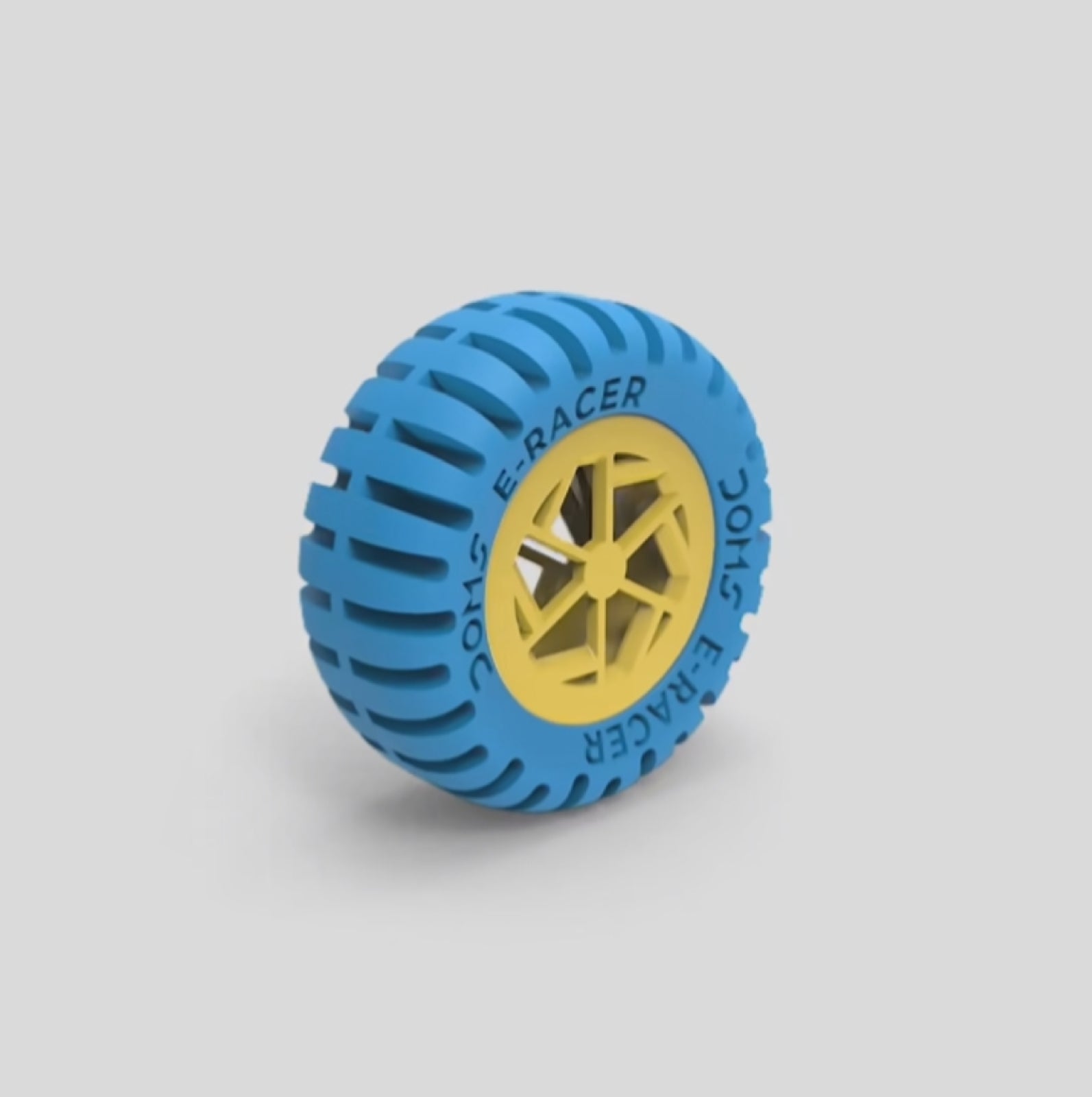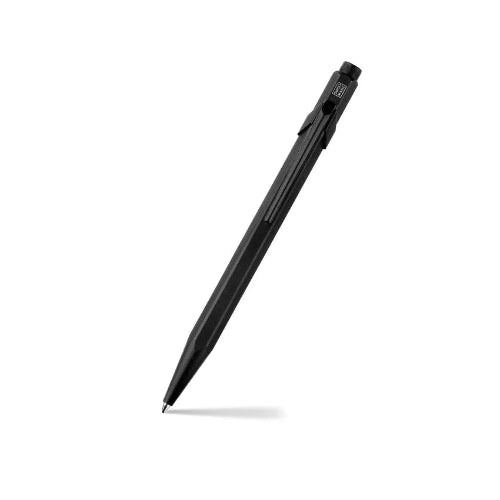Who Invented the Fountain Pen?
Unraveling the Mystery: Who Invented the Fountain Pen?
Throughout the annals of history, the fountain pen has stood as a symbol of human ingenuity and innovation, transforming the act of writing into an art form. Yet, hidden beneath its elegant exterior lies a centuries-old mystery: Who was the mastermind behind its invention? In this journey through time, we embark on a quest to uncover the truth behind the creation of this remarkable writing instrument. From the early attempts at a self-contained pen to the modern marvels that adorn our desks today, join us as we delve into the history of the fountain pen and unlock the secrets of its inventor.
The history of the fountain pen, also known as the origin of the fountain pen, and the inventor of the ink pen are subjects that have intrigued scholars and enthusiasts alike for centuries. Let's delve deeper into this captivating tale.
Why Is It Called A Fountain Pen?
The term "fountain pen" originates from its unique mechanism of delivering ink onto paper. Unlike earlier writing instruments that required constant dipping into inkwells, fountain pens feature a reservoir or "fountain" of ink within the pen itself. This reservoir feeds ink to the nib through capillary action, resembling the steady flow of water from a fountain. The term "fountain pen" thus aptly describes the pen's ability to continuously supply ink for writing, much like a fountain continuously supplies water.
When And Who Invented Fountain Pens?
The invention of the fountain pen is a subject of debate and multiple contenders have been proposed throughout history. While there is no definitive answer to who invented the fountain pen, several key figures and milestones have contributed to its development.
One early contender is Petrarch, an Italian scholar and poet from the 14th century, who is often credited with conceptualizing a self-contained pen that could hold ink. Leonardo da Vinci, the renowned Renaissance polymath, also explored designs for self-contained writing instruments in his notebooks.
However, the modern fountain pen as we know it today began to take shape in the 19th century with the contributions of inventors such as Lewis Waterman. Waterman patented a mechanism in 1884 that regulated ink flow, addressing issues of leakage and inconsistency that plagued earlier designs. This innovation revolutionized the fountain pen industry and laid the groundwork for subsequent advancements.
While specific attributions vary, the collective efforts of inventors, innovators, and craftsmen over centuries have shaped the evolution of the fountain pen into the sophisticated writing instrument cherished by enthusiasts worldwide.
Note: Also read our latest blogs for in-depth insights on related topics: Most Expensive Pen, Best Pen for Gift.
Early Attempts at a Self-Contained Pen:
Before the advent of the fountain pen, writing instruments were rudimentary, often requiring constant dipping into inkwells or relying on cumbersome quills. However, the need for a more efficient and portable writing tool spurred inventors to explore new possibilities.
Exploration of Early Writing Instruments:
- Quills: Initially, quills fashioned from feathers served as the primary writing instrument, but their limited lifespan and messy nature necessitated a more practical solution.
- Reed Pens: Reed pens, made from hollowed-out reeds, offered a slightly longer lifespan than quills but still required frequent dipping into ink.
Emergence of the Fountain Pen Concept:
- Early Innovators: Visionaries such as Leonardo da Vinci and Petrarch experimented with self-contained writing instruments, laying the groundwork for the fountain pen's eventual creation.
- Prototype Designs: Various prototypes emerged, incorporating mechanisms to store and deliver ink onto paper without the need for constant replenishment.
Shortcomings of Early Prototypes:
- Leakage Issues: Many early designs suffered from ink leakage, making them unreliable and messy to use.
- Flow Control Challenges: Regulating the flow of ink proved to be a significant hurdle, leading to inconsistent writing experiences.
The Modern Fountain Pen:
As civilization advanced and technology evolved, the fountain pen underwent a remarkable transformation, culminating in the sleek and sophisticated designs we recognize today.
Key Inventors and Their Contributions:
- Lewis Waterman: In the late 19th century, Waterman patented a revolutionary mechanism that controlled ink flow, eliminating the issue of leakage and ushering in the modern era of fountain pens.
- George Safford Parker: Parker's innovations, including the creation of the first self-filling fountain pen, further propelled the fountain pen's popularity and accessibility.
Pivotal Moments in Evolution:
- Mass Production: The advent of mass production techniques in the early 20th century made fountain pens more affordable and accessible to the general public, democratizing the art of writing.
- Material Innovations: The use of materials such as celluloid and later, modern plastics, allowed for the production of fountain pens in a myriad of colours and designs, catering to individual preferences.
Transformative Innovations:
- Nib Varieties: The development of different nib styles, ranging from fine to broad, offered writers greater versatility and control over their writing experience.
- Filling Mechanisms: From piston fillers to cartridge converters, advancements in filling mechanisms provided users with convenient options for refilling their fountain pens.
Solving the Mystery: The Inventors of the Fountain Pen:
Despite the passage of centuries, the question of who invented the fountain pen remains shrouded in ambiguity and debate. Various contenders have emerged throughout history, each laying claim to the prestigious title of fountain pen inventor.
Investigation into Contenders:
- Petrarch: Some scholars attribute the invention of the fountain pen to Petrarch, an Italian poet and scholar known for his advancements in writing instruments.
- Leonardo da Vinci: As a prolific inventor and artist, da Vinci's sketches and designs for self-contained writing instruments have led many to speculate on his role in the fountain pen's creation.
- Lewis Waterman: While not the original inventor, Waterman's contributions to fountain pen technology were undeniably transformative, earning him a place in the annals of fountain pen history.
Evaluation of Historical Evidence:
- Primary Sources: Delving into historical documents and manuscripts provides valuable insights into the evolution of writing instruments and the individuals involved in their creation.
- Expert Analysis: Scholars and historians continue to analyze and interpret evidence from various sources, shedding light on the true origins of the fountain pen.
Conclusion:
In our quest to unravel the mystery of who invented the fountain pen, we have embarked on a fascinating journey through time, exploring the evolution of writing instruments from ancient quills to modern marvels. While the identity of the fountain pen's true inventor may remain elusive, the enduring legacy of this remarkable writing instrument continues to inspire and captivate generations of writers and enthusiasts alike. As we reflect on the history of the fountain pen and the individuals who contributed to its creation, let us celebrate the timeless art of writing and the enduring power of human innovation.
FAQs
Q1. Who Invented the Fountain Pen?
The invention of the fountain pen is attributed to various individuals throughout history, including Petrarch, Leonardo da Vinci, and Lewis Waterman. However, the true inventor remains a subject of debate and speculation.
Q2. When Was the Fountain Pen Invented?
The concept of a self-contained pen capable of holding and dispensing ink dates back to ancient times. However, modern iterations of the fountain pen emerged in the 19th century, with significant advancements made in the late 1800s and early 1900s.
Q3. What Materials Were Used in Early Fountain Pens?
Early fountain pens were typically crafted from materials such as wood, metal, and ebonite (hard rubber). Nibs were often made from gold or steel, and ink reservoirs were initially glass or rubber sacs.
Q4. How Did Fountain Pens Evolve Over Time?
Fountain pens evolved from rudimentary prototypes prone to leaking and inconsistent ink flow to sleek and reliable writing instruments equipped with advanced filling mechanisms and nib designs. Innovations in materials and manufacturing techniques further transformed fountain pens into highly customizable and accessible tools for writing.
Q5. Are Fountain Pens Still Relevant Today?
Despite the prevalence of digital communication, fountain pens continue to hold a special place in the hearts of writers, artists, and enthusiasts. Valued for their elegance, precision, and personalization options, fountain pens offer a unique writing experience that transcends the digital age.








